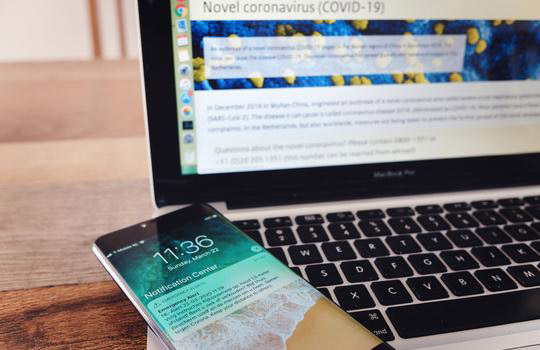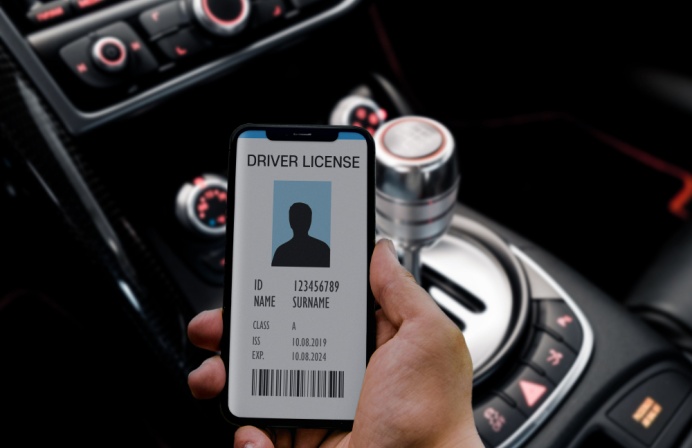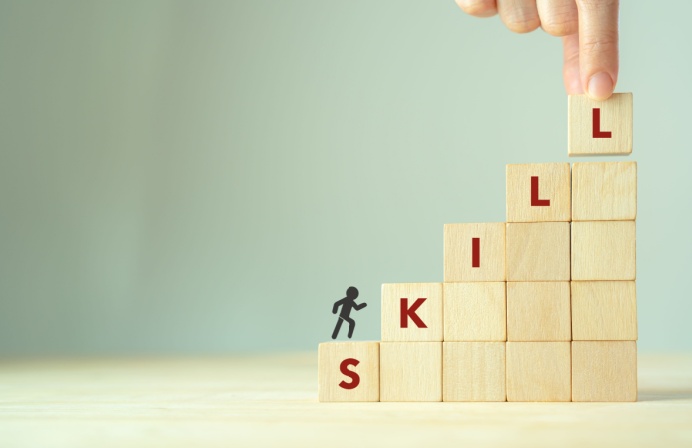
The Federal Government has tapped into Australia’s mobile messaging network to share Covid-19 alerts, with plans to send nearly 36 million texts nationally.
This outreach underscores moves by the Federal and state governments to reinforce official guidelines around social distancing, restricted gatherings, self-quarantine, or pre-visit notifications to GPs or hospitals. The mobile messaging service was launched on 25 March.
Federal Minister for Health, Greg Hunt, said this initiative underlined steps towards ensuring that people protect their health and those of their families and communities.
“As the spread of the coronavirus increases, it’s vital every Australian understands the practical action they must take to look after themselves and help us protect those most at risk,” Hunt said.
The SMS-based texts are limited to 150 characters. This communication brings Australia into line with Singapore, Hong Kong, Taiwan and China, who have deployed similar schemes.
Several countries in Asia have also made use of a mix of technologies to both monitor citizens and reach those in isolation, including mobile apps, drones, and other social media channels.
Australia’s chief medical officer, Professor Brendan Murphy, said mobile messaging offered an additional channel to help the government and citizens communicate in real-time.
He said this action reinforced the administration’s message involving strict new restrictions and social distancing rules to limit the spread of Covid-19.
The mobile alerts reinforce messages about social distancing, public gatherings, personal hygiene, and stay-at-home restrictions for anyone who may have tested positive to the virus.
Telstra, Optus, and Vodafone have provided their communication networks for the guidance messages to reach subscribers across cities, towns, and regions.
Minister Hunt earlier noted that the Australian Government had substantially increased its Covid-19 testing. The latest tests are currently capped at around 160,000; however, it is expected these tests would increase as more equipment became available.
By current estimates, Australia’s testing compared positively with monitoring being carried out in Singapore and Korea, according to Hunt. “In terms of our testing, we’re at the global forefront.”
He said the percentage of positive cases amongst those tested is the lowest for any country for which the figures are presently available.
At a press conference, Professor Murphy said the most important thing for anyone coming from a high-risk area was to monitor themselves and self-isolate for 14 days.
“We’re now in a different world,” he warned. “This world could last for some time. This is the world of social distancing. This is a new way of us interacting with each other all of the time.”
Professor Murphy said many states and territories are expected to significantly ramp up their regulatory compliance. Among these, Victoria had upped its police contingent to 500 to enforce social distancing. Queensland has also started to introduce legal quarantine orders on people.
Australia’s monitoring arrangements incorporate all points of arrival and departure across land, sea, and air.
Key government agencies have joined forces to collaborate, monitor, and manage policies involving Covid-19. These include the Australian Border Force, the Department of Agriculture, the National Security Committee, the Department of Foreign Affairs and Trade, and the Department of Health.





